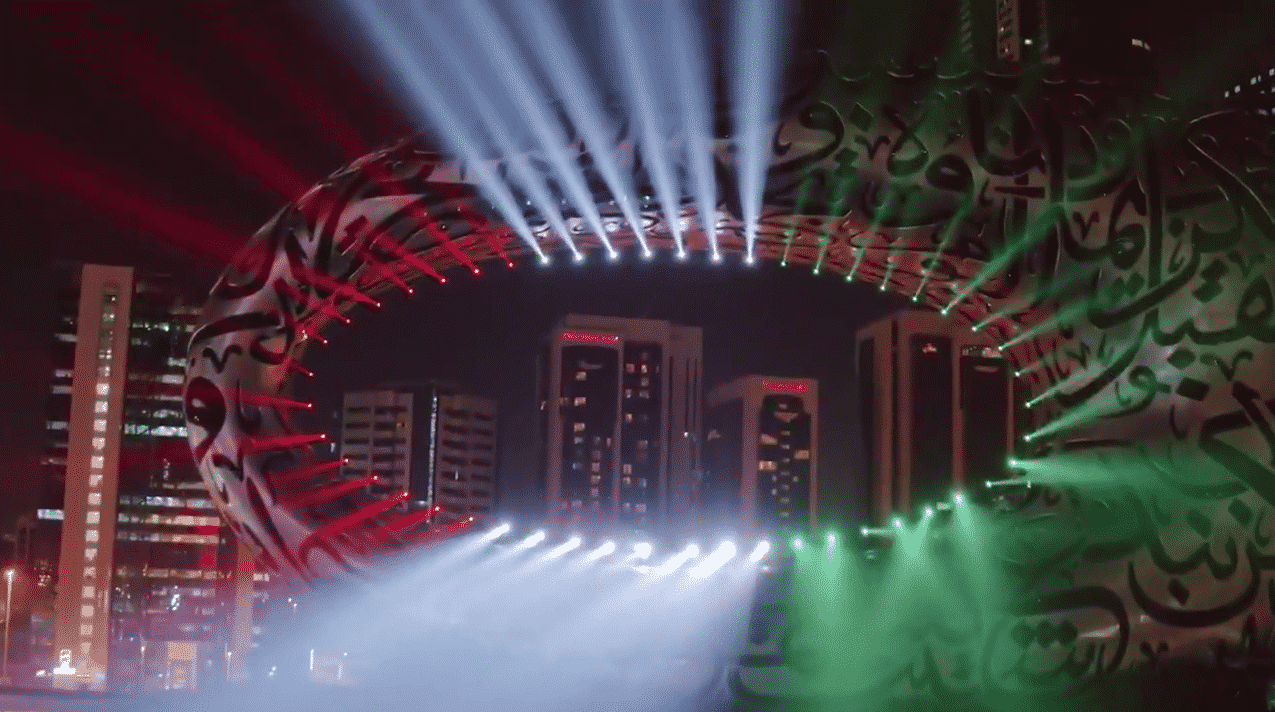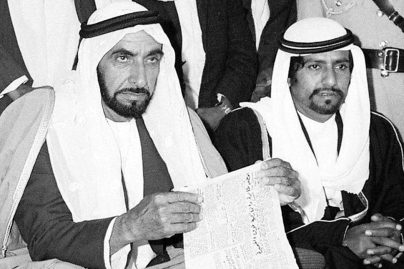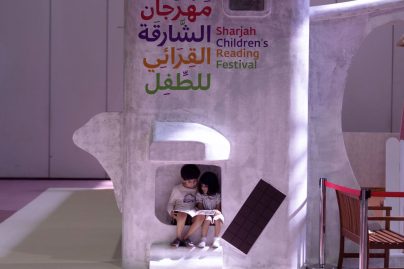Dubai’s Museum of the Future celebrates the 51st UAE National Day with special themed exhibits
Sat 03 Dec 2022
Dubai: Dubai’s latest icon, the Museum of the Future celebrates National Day. Visitors can now experience an exclusive tribute to the UAE at one of its future-themed exhibits. The museum will remain open throughout the public holiday, which is the perfect time to look towards the future and imagine what the UAE could look like in 50 years’ time, as the country celebrates the remarkable 51 years that have passed. Visitors from all over the world are invited to explore the museum’s experiences on an enriching journey that brings them closer to the future. Visitors can now also enjoy extended opening hours, with the last entry at 7:30 pm.
About UAE
The area’s history can be traced back to 6000 B.C. The UAE as a federation did not exist then. The area and the surrounding region were referred to as Arabian Peninsula. This page provides a brief about life in the area during ancient times and the significant events that took place on this land that affected the sovereignty and freedom of its people and lead them to form the country of the United Arab Emirates.
Ancient history
The area’s history can be traced back to 6000 B.C. The UAE as a federation did not exist then. The area and the surrounding region were referred to as Arabian Peninsula. This page provides a brief about life in the area during ancient times.
Early civilisations
Archaeological excavations reveal that ancient civilisations flourished in the region; starting from either the Neolithic or Paleolithic Ages (6000 B.C. – 3500 B.C.) up to the end of the Iron Age (1300 B.C. – 300 B.C.).
Civilisation in the Paleolithic Age (6000 B.C. – 3500 B.C.)
In this period, there were Bedouin communities, which lived on fishing and plant collecting. This era was characterised by the emergence of pottery, evidence of which was found in Sharjah, Umm Al Quwain, Ras Al Khaimah and Abu Dhabi. The evidences could be traced back to the Ubaid period, part of the Paleolithic Age, dating back to the sixth millennium B.C.
Civilisation in the Bronze Age (3200 B.C. – 1300 B.C.)
This age is divided into three periods:
- Jebel Hafeet period
This period extends from 3200 B.C. to 2500 B.C. and was named so because of the tombs found in Jebel Hafeet near Al Ain city in the emirate of Abu Dhabi.
- Umm Al Nar period
This period extends from 2500 B.C. to 2000 B.C. It was named so after the discovery of the monuments on Umm al Nar Island in Abu Dhabi in the mid-nineteen fifties.
- Wadi Suq period
This period extends from 2000 B.C. to 1300 B.C. and was named after one of the sites in Wadi Suq, between Al Ain and the Omani coast.
Civilisation in the Iron Age (1300 B.C. – 300 B.C.)
This age extends from 1300 B.C. to 300 B.C. The archaeological finds show the emergence of the first use of falaj irrigation systems that enabled the extraction of groundwater for continuous cultivation in the dry climate.

 May 01 2024
May 01 2024













